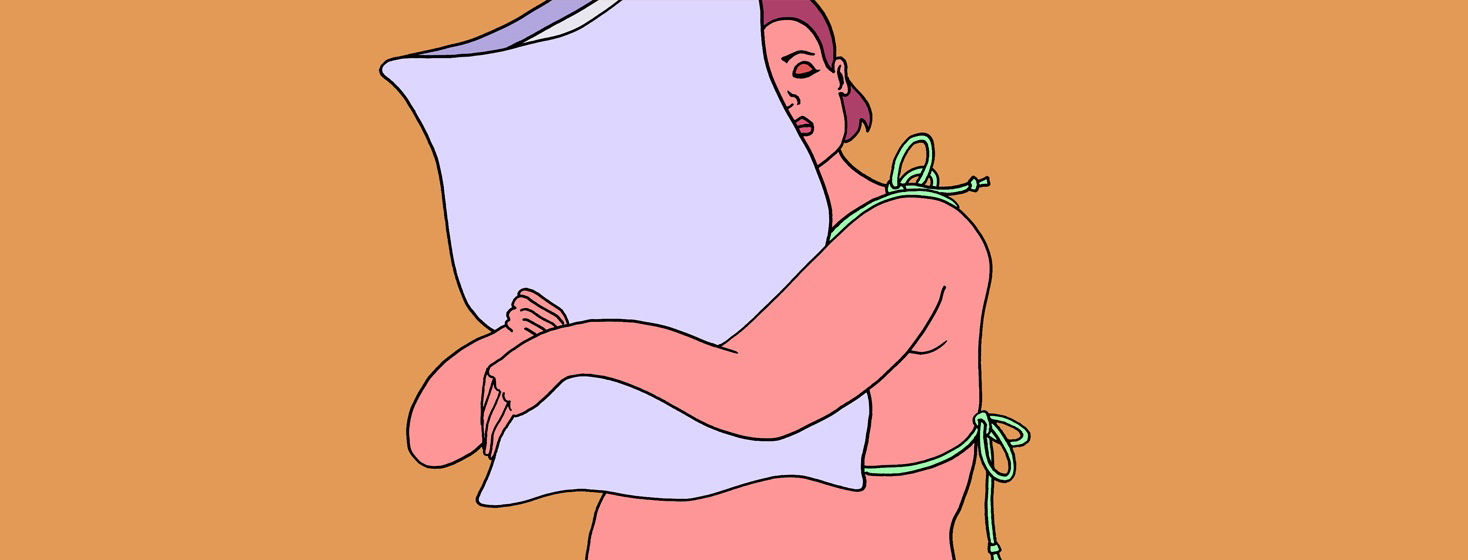Transsternal Thymectomy Recovery: Tips, Advice, and What to Expect
A little over a year ago, I had a transsternal thymectomy. In this article I will share tips and advice I learned while recovering from surgery.
Post-surgery
If all goes smoothly with transsternal thymectomy surgery and you do not experience any complications, such as a myasthenia gravis crisis, you can expect to be in the hospital for a few days after surgery.1
Pain management after thymectomy surgery
If you have a late discharge time, ensure you have time to pick up your prescribed pain medications before the pharmacy closes. Pharmacy locations also have different hours, and closing times may differ daily. Do not make this mistake! After the first night, if you had no relief from the pain meds, call your surgeon's office. They may prescribe more or talk to you about increasing the dose. You may have to wait until a follow-up.
Timeline expectations
It's easy to be unrealistic and think you will feel up for working soon after your surgery. In my experience, my ribs moved when opening up the sternum to access the thymus gland. This resulted in pain in the chest, stomach, sides, back, and neck. I realized I rely on my chest for movement and strength for everyday activities far more than I noticed before. Life for a couple of months centered around pain management.
Expect at least 4 weeks until you feel up for work, even remotely, due to fatigue and brain fog. Patients are typically approved to drive 6-8 weeks after surgery, but you will have to work up how much driving you can tolerate at once.1
You will need a caregiver for a couple of weeks, at a minimum, to help you adjust throughout the night, use the restroom, make food, and get dressed.
Pillows
From the moment you start getting out of your hospital bed after your thymectomy, you will want a small pillow. Holding a pillow against the chest provides stability and prevents pain from awkward movements when walking or in a car with bumps and turns. Pillows on all sides of you in a vehicle will help hold your body still. You will gradually be able to sleep more and more flat, but you will need lots of pillows to help you find a comfortable position.
Personal hygiene
Likely, you will be able to use the bathroom on your own, even in the hospital. It will not be without some discomfort, and you may need help sitting on the toilet, but wiping will probably be feasible.
You will need help to brush your teeth after surgery until you can use your arms or sit and hold your toothbrush between your knees to brush.
You will need more hands-on assistance for showers or baths at first. If you seek privacy from your caregiver, have them help you into the empty bath. You might need assistance getting your clothes loose to a point you could wiggle out of them alone. You can take your clothes off once in the bath, then start filling the tub with soap and water to do your cleaning all lying down. Your caregiver will need to help you stand back up. You can then rinse off.
Making food alone
Making food alone was why I needed a caregiver longer than expected after thymectomy surgery. I pre-made meals that I froze and planned to warm in the microwave at hip height. I set dishes out at hip level as well. But I ran into multiple problems I didn't foresee. For week into recovery, I couldn't open the refrigerator and freezer doors without immense discomfort.
Once I could eventually grab frozen meals, which was when I could lift my arms higher, I was on my own for the rest of my recovery. I avoided raising heavy dishes by letting my food dethaw, dumping it onto my plate or bowl, gliding it into the microwave without lifting, and then sliding the dish out when done. Not graceful by any means, and I wouldn't use expensive dishes, but it got the job done. I ate right next to the microwave, so no lifting was needed.
I had my mom stop by every so often to refill a large water jug on the counter, and I would drink with long straws to not have to lift cups to my mouth.
Taking the trash out
Trash is a chore that does not necessarily require a daily caregiver. In my experience, expect at least 2-4 months until you feel comfortable lifting any weight close to a full trash bag. But this is a small thing to ask a neighbor to help you with. If neighbors are not an option, a tightly shut trash could go a few days before you arrange for someone to help.
Comfortable clothing
Thymectomy scars are sensitive to the touch after surgery. Stock up on v-neck shirts or go shirtless when possible. For breasts, wire bras are not going to be comfortable. Your scar typically ends between the breasts, and then there will be the scar and stitches from the chest tube slightly below the thymectomy scar.
I recommend string bikinis with no material touching the skin between the breasts, for home and in public. It may be a few weeks before you can get a shirt on yourself or tie the strings for a bikini, depending on your range of motion and pain tolerance.

Join the conversation